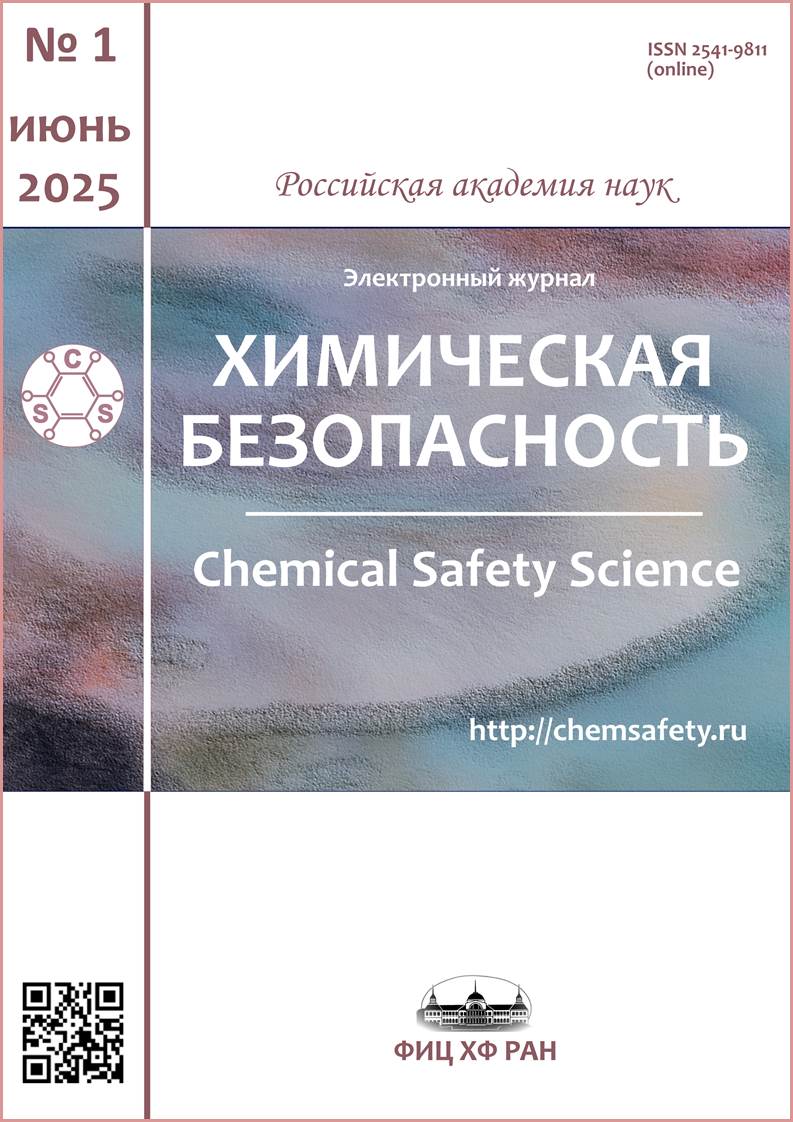Modernization of chemical cleaning of waste from the production of varnish collodions
Abstract
A study was conducted of the process of chemical purification of waste from the production of varnish collodions, namely, the so-called trap collodion (TCL). It was found that the maximum effect of removing iron compounds and hardness salts sorbed by TCL fiber is achieved with the combined presence of nitric and phosphoric acids in the cooking solution. Based on the conducted studies, a process for cleaning nitrate cellulose return waste was developed. It was shown that the cost of collodion made from TCL, depending on the degree of TCL contamination, is 20-40% lower than the cost of collodion obtained by processing cellulose.
References
Zakoshchikov A.P. (1950). Nitrocellulose. M.: Oborongiz. P. 371 (in Russ.).
Berezin B.I. (1961). Synthetic polymers in printing. M.: Art. P. 63 (in Russ.).
Guretskaya V.L. (1976). Organic chemistry. M.: Graduate school. P. 189 (in Russ.).
Rogovin Z.A. (1934). Technology of artificial fiber: Nitrosilk. M: OTNI. Goskhimtekhizdat. V. 2. P. 219 (in Russ.).
Bikales N.M., Segal L. (1954). Cellulose and cellulose derivatives. N.Y.: Interscience Publ. P. 504.
Gindich V.I. (1995) Technology of pyroxylin powders. Volume 1. Kazan: Tatar newspaper and magazine publishing house, P. 562.
Lurie Yu.Yu. (1984). Analytical chemistry of industrial waste water. M.: Chem. P. 448. (In Russ.).
PND F 14.1:2.3-95 Quantitative chemical analysis of water. Methodology for measuring the mass concentration of nitrite ions in natural and waste waters using the photometric method with the Griess reagent (with Additions and Amendments) (2004 edition). http://docs.cntd.ru/document/1200056724 (In Russ.).
PND F 14.1:2.4-95 Quantitative chemical analysis of water. Methodology for measuring the mass concentration of nitrate ions in natural and waste waters using the photometric method with salicylic acid (with Additions and Amendments). (2004 edition). http://docs.cntd.ru/document/1200056725 (In Russ.).
Nikiforova Т.Е., Bagrovskaya N.A., Kozlov V.A. (2002). The influence of medium acidity on the equilibrium sorption of Zn(II) and Cd(II) ions by cellulose-based polymers. Russian Journal of General Chemistry, 72(3), 373–376 (in Russ.).
Nikiforova Т.Е., Bagrovskaya N.A., Kozlov V.A., Lilin S.A. (2009). Sorption properties and the nature of interaction of cellulose containing polymers with metal ions. Review. Khimija Rastitel'nogo Syr'ja = Chemistry of Plant Materials, 1, 5–14 (in Russ.).
Onabeh F., Nakano D. (1970). Ion-exchange equilibrium between wood cellulose dispersed in electrolyte solutions and electrolytes. Japan Tappi Journal, 24(9), 461–466. https://doi.org/10.2524/jtappij.24.9_461.
Kiselev Yu.M. (2008). Chemistry of coordination compounds. M.: Integral-Press. P. 728. (in Russ.).
Copyright (c) 2025 Alexander V. Supyrev, Rashit N. Yarullin, Anna A. Kulikova, Evgeny V. Golosov, and Elena A. Saratovskikh

This work is licensed under a Creative Commons Attribution-NonCommercial 4.0 International License.












